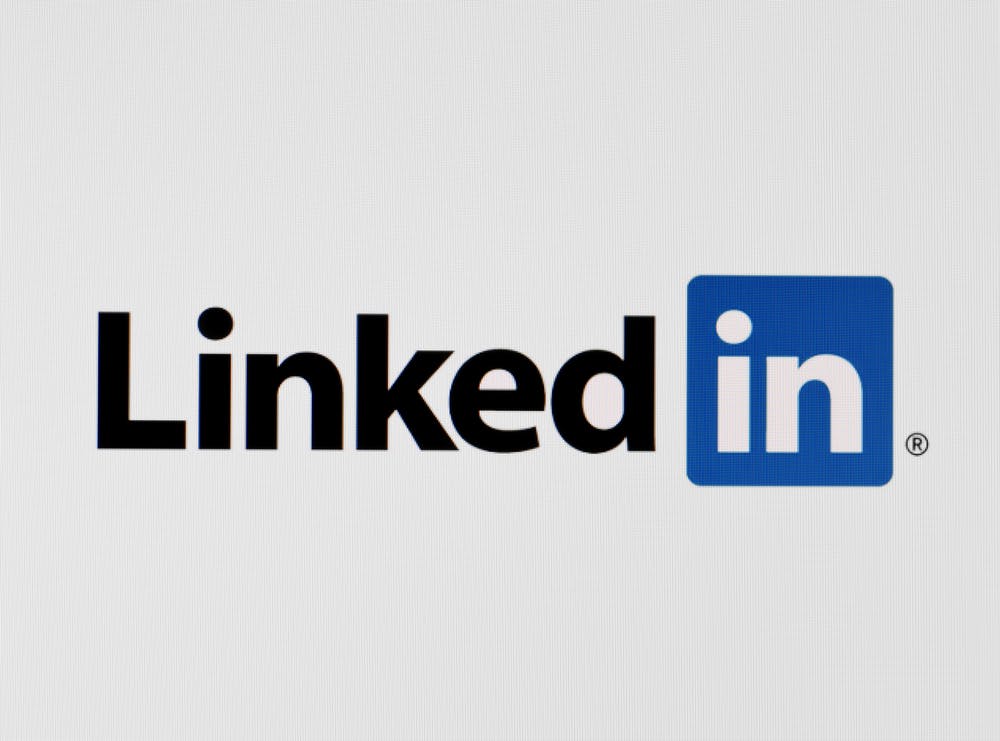Last Friday, LinkedIn released its earnings statement and clearly the market didn’t like the message, as LinkedIn plunged 40 percent in early trading and erased $10B in market cap. We, however, are more interested in the announcement that LinkedIn is buying Connectifier, and to be more specific, why they are buying it.
Connectifier is sourcing software that was founded in 2012 by a team of ex-Googlers, and it has raised $12M in 3 rounds so far. It has built a social aggregator database of profiles so that recruiters can source candidates from various social networks, similar to TalentBin (acquired by Monster), Entelo, and us.
As these other services, Connectifier offers recruiters the ability to get potential candidates’ email addresses, with some suggesting they built their database by tapping the Gmail contacts of their early Chrome extension users.
While the acquisition of TalentBin by Monster makes perfect sense, it is completely unclear what LinkedIn’s need for Connectifier is. While Connectifier is a direct competitor to the premium LinkedIn Recruiter version, upon first glance, it seems rather strange. Let’s take a closer look at what the biggest assets of Connectifier are and what the reasons for this deal might be:
Database — Social Profiles
Unlike LinkedIn, the social aggregators (mentioned above) provide a larger and broader view of the candidates’ different social profiles. The most popular of these are GitHub and Stack Overflow for tech profiles, Dribble and Behance for designers and product people, and Quora for marketers.
LinkedIn Recruiter does not provide rich candidate information and while Connectifier certainly can provide significant value, in our view this is not something that LinkedIn needs help with. It can either encourage its 400M+ users to add links to their other social profiles or apply the same techniques used by the social aggregators to find and connect those profiles by themselves.
Contact Details
One of the big advantages of the social aggregators over LinkedIn Recruiter is their ability to provide recruiters with the contact details of candidates, mostly emails, but phone numbers as well. Again, we don’t see this as something that LinkedIn needs help with. LinkedIn has emails for all of its members and it is their own (strategic) decision to give priority to the user experience versus the recruiter’s’ needs and not provide those contact details but rather use the InMail approach for candidate engagement. So, in other words, LinkedIn can offer better contact details tomorrow morning if it wanted to, without needing to buy any third-party products.
Users – Business
Another possibility, which makes more sense, is connected to the business itself. But this assumes that LinkedIn is buying the customers of a potential competitor to enlarge its own customer base. Based on the most recent round of financing for Connectifier of $6M in October 2015, we can assume they have a few thousand paying customers. So taking on these customers and eliminating a competitor is a reason that makes more sense to us.
Killing It
Looking at the history of acquisitions by LinkedIn (and others), in many cases products are acquired and then changed in a manner that makes their old, loyal users unhappy. For example, Rapportive was a great plugin that replaced Gmail ads with useful information about your contacts. Unfortunately, LinkedIn didn’t take good care of it; as someone tweeted: “RIP @rapportive. Thanks @linkedIn for destroying another great product!”. Is Connectifier due a similar fate?
The Official Explanation
The following statement in the LinkedIn earnings announcement caught our eye:
“In 2016, … we will begin our journey towards addressing long-tail hiring by making Recruiter simpler to use, and introducing automated sourcing to help SMBs and hiring managers find and acquire talent. The acquisition of Connectifier, announced this afternoon, will further strengthen our core products and accelerate our product roadmap, leveraging powerful machine learning-based searching and matching technology to help recruiters and hiring managers find the perfect talent fit.”
Bottom Line and Final Thoughts
Given the above, we tend to think that the official statement is the correct answer, since LinkedIn doesn’t need the database nor the contact details of candidates. They probably want to make an acqui-hire of a strong team with the purpose of attracting SMBs and want some help with matching and machine-learning tech to achieve it.
Pricing, however, might still be an issue for the SMBs, and so far, most sourcing products for this market are prohibitively expensive, ranging from $6,000 – $9,000 per seat per year.
Only time will tell if LinkedIn will be able to use the Connectifier technology and team to build and offer a cheap and affordable sourcing product.
